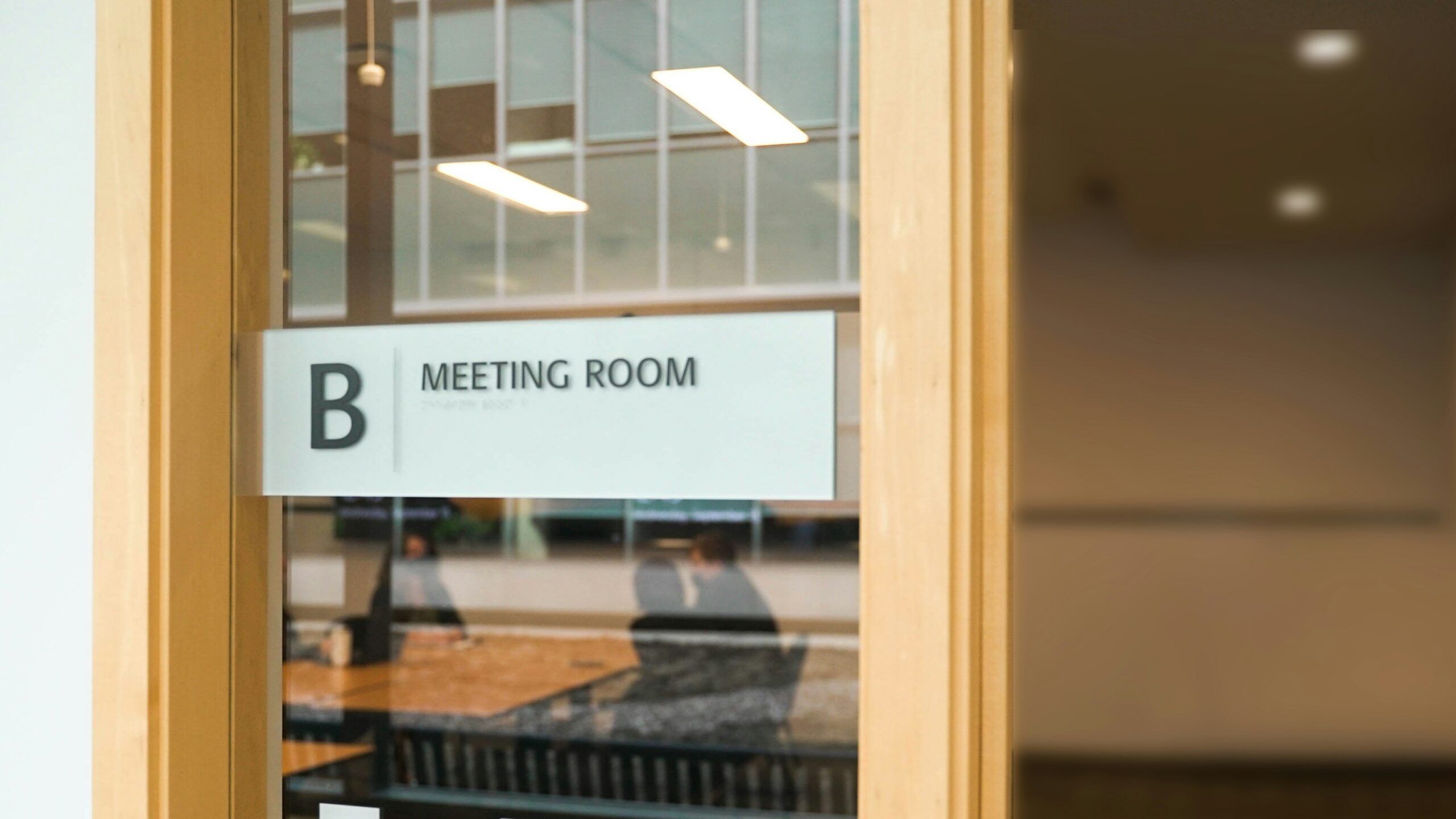We’ve all heard (or maybe even said) it before: “This meeting could’ve been an email.” It’s become almost a corporate meme, a shorthand for wasted time, unclear agendas, or the dreaded calendar overload. And yet, the reality is more nuanced – many meetings actually can’t be replaced by an email. The problem isn’t always that the meeting exists, but how it’s designed, who’s in the room, and whether the conversation creates value.
As someone who carries the title of manager in my role, I often feel like just another teammate with different responsibilities. But because I have that title, the initiative to schedule meetings frequently falls to me. I like to believe I almost never set up meetings that aren’t needed – and I’d like to explain my philosophy for why people on my teams never tell me, “this meeting could’ve been an email.”
Why Meetings Are Sometimes Necessary
There are limits to what email – or any asynchronous channel – can achieve:
Nuance and alignment. Email works well for sharing information, but when interpretation, negotiation, or alignment are needed, a conversation often resolves things faster and with fewer misunderstandings.
Empowerment. A meeting can be a platform where team members feel their voices matter, decisions are shaped collaboratively, and accountability isn’t top-down but shared. An email can inform, but it rarely empowers.
Traceability. A live conversation, when paired with proper notes and action items, gives clarity about who decided what and why. Without that context, email threads can quickly become a maze of assumptions and lost details.
How to Ensure Meetings Are Worth It
If we don’t want our meetings to fall into the “unnecessary” category, we need to design them thoughtfully. Here’s what works:
- Set the right audience. Not everyone needs to be in every meeting. In fact, fewer participants often means higher-quality discussions. Invite those directly accountable, impacted, or empowered to move the work forward. Everyone else can stay informed asynchronously.
- Have a clear purpose. Before scheduling, ask: What outcome do I expect from this meeting? If the answer is unclear, you might not need the meeting. If the answer is “to inform,” then an email or document might indeed be enough.
- Respect people’s time. Meetings don’t have to default to 60 minutes. If 20 minutes is enough, schedule 20 minutes. Start on time, end on time, and capture decisions so they don’t need to be revisited.
- Make empowerment visible. Encourage team members to bring ideas, challenge assumptions, or propose alternatives. A meeting where only one voice dominates is rarely a meeting – it’s a broadcast.
- Document for traceability. Good meetings produce visible artifacts: clear next steps, owners, and deadlines. This allows everyone (including those not in the room) to track progress without confusion.
The Philosophy Behind My Meetings
When I set up a meeting, it’s not because I want people to listen to me – it’s because I believe something important needs collective input. I don’t see myself as a manager “calling the shots”, but as a colleague creating space for the right people to align and move forward.
That’s why in my teams, people don’t roll their eyes and say “this could’ve been an email.” Because they know the meeting has a purpose: it empowers them, it respects their time, and it leaves a clear trail of accountability.
Final Thought
The next time you hear “this meeting could’ve been an email,” pause and consider: maybe the real question isn’t whether the meeting was necessary, but whether it was designed to be valuable. With the right audience, clear purpose, empowerment, and traceability, meetings stop being calendar clutter and start becoming what they were meant to be – a catalyst for progress.



